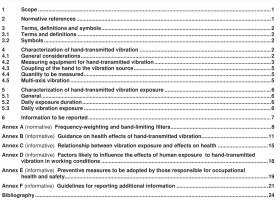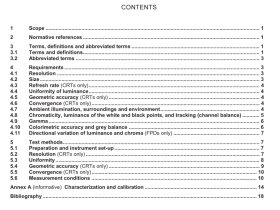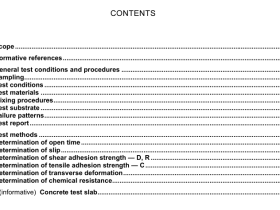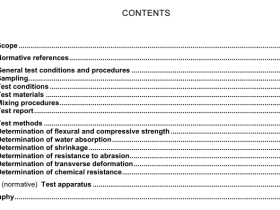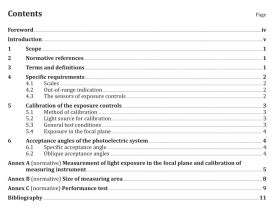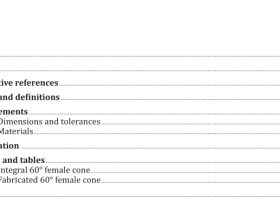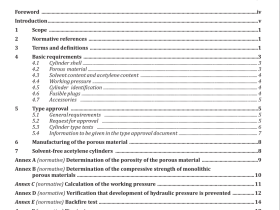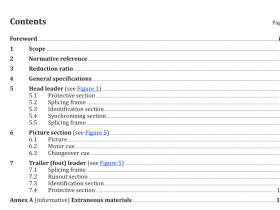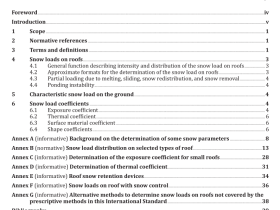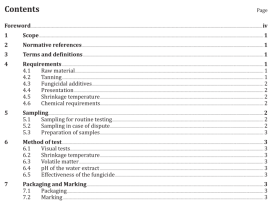BS ISO 16000-3 pdf download
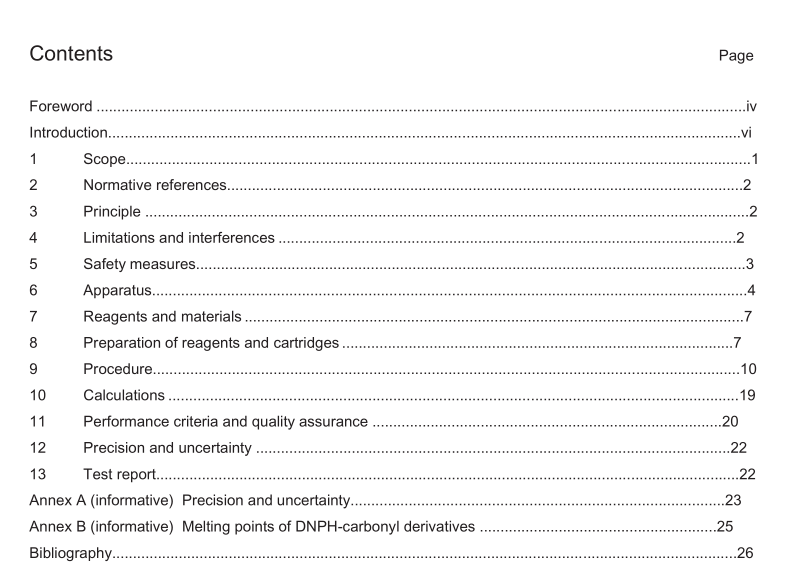
BS ISO 16000-3 pdf download Indoor air Part 3: Determination of formaldehyde and other carbonyl compounds in indoor air and test chamber air — Active sampling method
1 Scope
This part of ISO 16000 specifies a determination of formaldehyde (HCHO) and other carbonyl compounds (aldehydes and ketones) 1 in air. The method is specific to formaldehyde but, with modification, at least 12 other aromatic as well as saturated and unsaturated aliphatic carbonyl compounds can be detected and quantified. It is suitable for determination of formaldehyde and other carbonyl compounds in the approximate concentration range 1 µg/m 3 to 1 mg/m 3 . The sampling method gives a time-weighted average (TWA) sample. It can be used for long-term (1 h to 24 h) or short-term (5 min to 60 min) sampling of air for formaldehyde.
This part of ISO 16000 specifies a sampling and analysis procedure for formaldehyde and other carbonyl compounds that involves collection from air on to adsorbent cartridges coated with 2,4-dinitrophenylhydrazine (DNPH) and subsequent analysis of the hydrazones formed by high performance liquid chromatography (HPLC) with detection by ultraviolet absorption [12],[16] . The method is not suitable for longer chained or unsaturated carbonyl compounds.
This part of ISO 16000 applies to the determination of:
acetaldehyde 2,5-dimethylbenzaldehyde m -tolualdehyde
acetone formaldehyde o-tolualdehyde
benzaldehyde isovaleraldehyde p-tolualdehyde
butyraldehyde propionaldehyde valeraldehyde
capronaldehyde
2 Normative references
The following referenced documents are indispensable for the application of this document. For dated references, only the edition cited applies. For undated references, the latest edition of the referenced document (including any amendments) applies.
ISO/IEC 17025, General requirements for the competence of testing and calibration laboratories
3 Principle
The method specified in this part of ISO 16000 involves drawing air through a cartridge containing silica gel coated with 2,4-dinitrophenylhydrazine (DNPH) reagent. The principle of the method is based on the specific reaction of a carbonyl group with DNPH in the presence of an acid to form stable derivatives according to the reaction shown in Figure 1. The DNPH derivatives are analysed for the parent aldehydes and ketones utilizing high performance liquid chromatography (HPLC) with UV detection or diode array detection. The detection has been extended to other carbonyl compounds that can be determined as outlined in 9.3.5.
This part of ISO 16000 instructs the user on how to prepare sampling cartridges from commercially available chromatographic grade silica gel cartridges by the application of acidified DNPH to each cartridge. Alternatively, pre-coated DNPH silica gel cartridges are available and are recommended since they are generally more uniform in manufacture and possess lower blank levels. However, if commercial cartridges are used, they shall be demonstrated to meet the performance criteria of this part of ISO 16000. Another advantage of commercial cartridges is that they are available with larger particle size silica gel that results in a lower pressure drop across the cartridge. These low pressure drop cartridges may be more suitable for sampling air using battery-powered personal sampling pumps.
